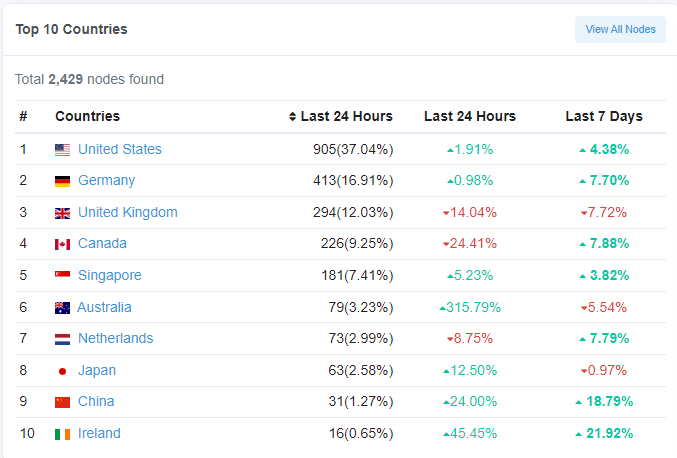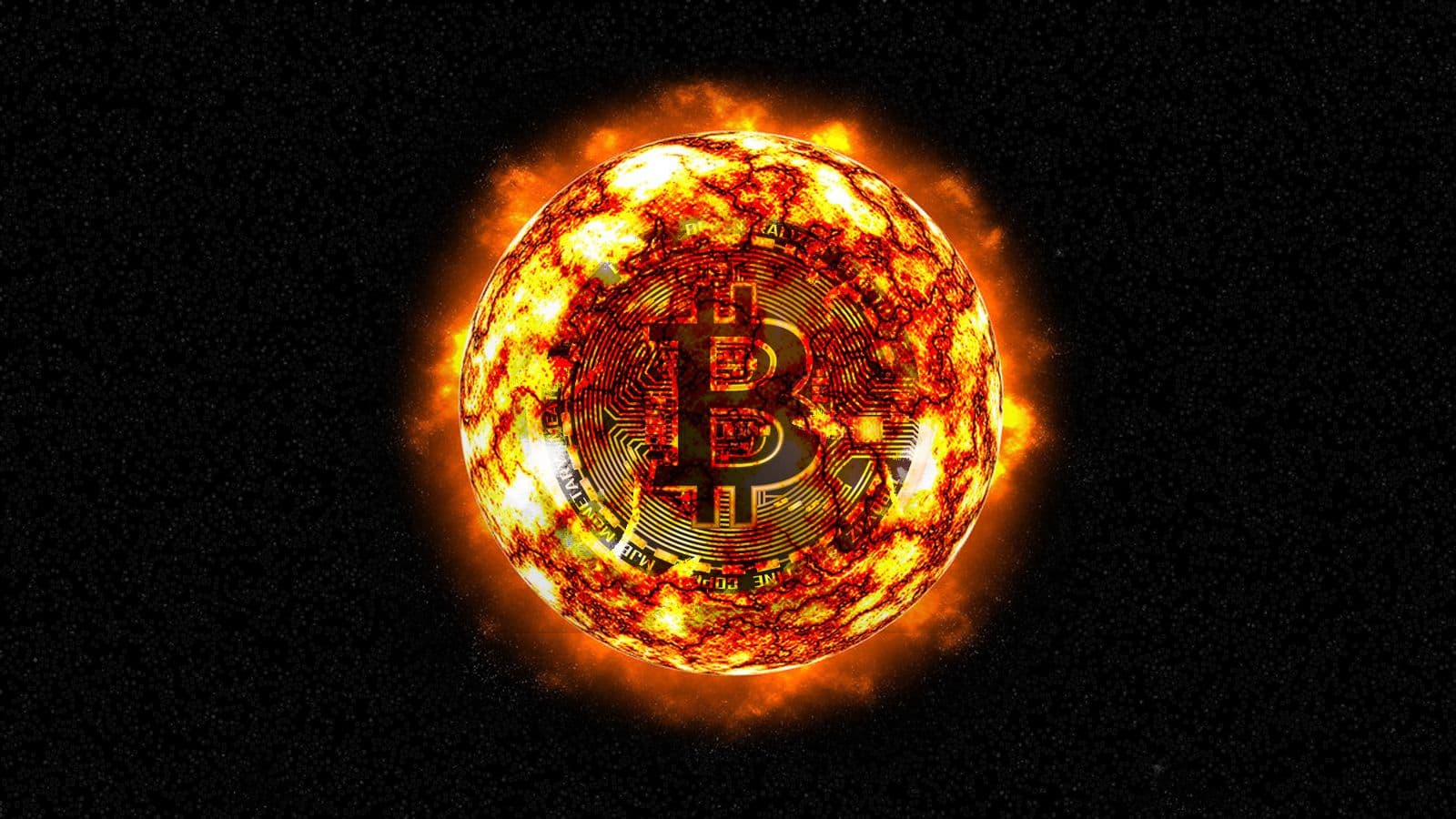Probably Nothing
Cryptocurrency, NFTs, and web3 in general are all built off the motherboards of a decentralized network of computers communicating to one another through what are known as nodes. The decentralization aspect means that at any time, one node can go down, but the network remains. This makes decentralization attractive in the sense that, outside of the hypothetical 51% attack, it’s invulnerable to an attack on the entire network.
Just reading that sentence, I’m sure, made you shiver a little. Nothing is entirely invulnerable, and oftentimes what ends up destroying what we care about most is something that we never expected to happen. Introduce the Carrington Event.
WTF is The Carrington Event?
The Carrington Event was named after English astronomer Richard C. Carrington who, on September 1, 1859, discovered sudden flashes of intense white light around several sunspots that he was studying. Roughly seventeen hours later, from Panama in Central America all the way up through North America, the middle of the night lit up as if it were day.
As society struggled to understand this strange phenomenon, some noticed larger issues. Instruments that were used to measure the Earth’s magnetism were reacting erratic, and spikes of electricity surged into the world’s telegraph system. Some of the operators were reported to be able to send messages even when they weren’t plugged into their batteries. They were just using the energy from the solar storm.
This is an example of a solar superstorm and a real nasty one at that. As impactful as it was in 1859, it would be crippling today as it would disrupt our entire technological grid. Everything from satellites to coffee makers would be either inoperable or highly erratic, and decentralized networks could become decimated in a literal flash if a solar storm hit in the wrong place.

This event is the same type of event that causes the aurora borealis. It’s based on sunspots that form an 11-year cycle when the suns north and south poles switch. If you’re really interested in the science of it all, you should check out this video which gives a very good 101 on sunspots and The Carrington Event. The short of it is this: sunspots are magnetic field lines that group together going into the sun. Sometimes those magnetic field lines will snap and break into what’s known as a solar flare. These solar flares pop out of the sun’s magnetic field and fly off in the direction that they’re heading based on the sun’s location. When they head toward Earth, they’re known as a solar storm. The last big one hit us just over a century ago, on May 12, 1921. In July 2012 (remember 2012), we missed a monster one hitting us by nine days.
A Problem for Modern Time
The sun is currently in Solar Cycle 25 and will continue to ramp up activity until early 2025 when it will be at its peak. Just to be clear, our bodies aren’t affected at all, just our computer systems. So we’ll all be healthy and alive as we watch our financial system crumble and our infrastructure network collapse. We may even watch electrical systems catching on fire as they succumb to a supercharge of energy. Most importantly, we may see everything go to zero as our bags disappear and our NFTs become unrecoverable behind a backdrop of the aurora lights. If it weren’t so frightening, it might even be poetic.
Remember when SpaceX had 40 satellites drop out of the sky all on the same day? That was caused by a mild solar storm that made the atmosphere denser, causing fatal system malfunctions. A massive solar superstorm akin to the one that Carrington witnessed could completely wipe at the power grid of many major cities across the world simultaneously. On average, they occur every 25 years or so, so they’re not entirely uncommon, and we are overdue. The most recent one occurred in 1989 when a solar storm disrupted Quebec’s power distribution system and created auroras that were seen as far south as Texas. They also weren’t a problem of the past as electrical grids weren’t a thing until relatively recently, and never to the extent that we rely on them today.

Early estimates suggest such damage today would cost $2.6 trillion and 4 to 10 years’ worth of repair. This is where the power of decentralization will be truly held to the test. Depending on the severity of the storm, it may be many cities that are affected or only a few. Most Ethereum nodes are located in North America, which makes up just under 50% of the nodes worldwide, currently sitting at 46%. Germany and the UK make up the next largest share at just under 29%. If either area were significantly affected by a Carrington Event size solar superstorm, the ripple would shake our web3 community worldwide (more than just high gas prices).
What’s There To Do?
Nothing. No matter how hard we try to play God, we’ll never be able to do it. Despite our unquenchable desire to control more, there is simply too much in our life that is out of our control, and we will always suffer from our inability to protect what matters to us most, no matter what it is. We cannot stop our curious minds from pushing technology to its limits, nor can we control elements of this universe that we barely understand. There is nothing we can do about it.
Here’s what you can do about it. In theory, centralized services are under a bigger threat than decentralized ones since even a massive solar superstorm probably wouldn’t affect the entire planet at once. Therefore, theoretically, crypto has a better chance of surviving than centralized services like banks. It is important to note that I am not a blockchain engineer, just a web3, science fiction, and space weather enthusiast. This is not financial advice, nor is it a prediction that the world is going to end in 2025. With that said, come 2025, I will have a fire extinguisher sitting next to my computer just in case.


